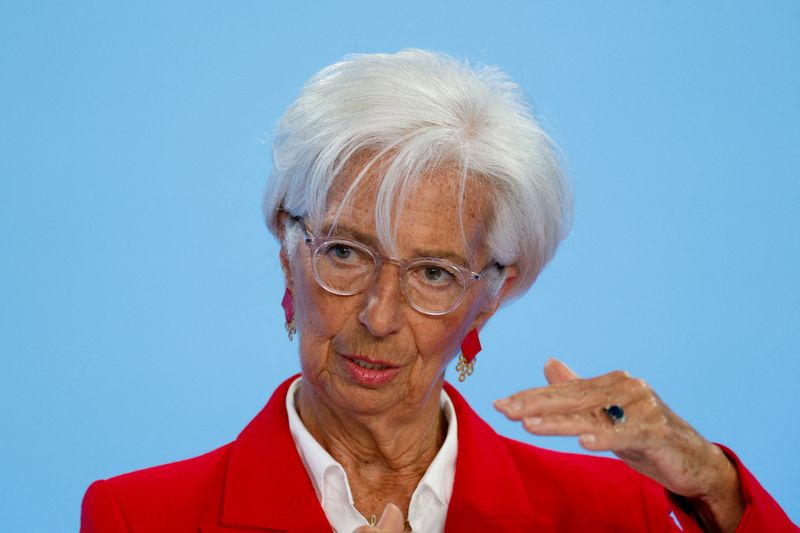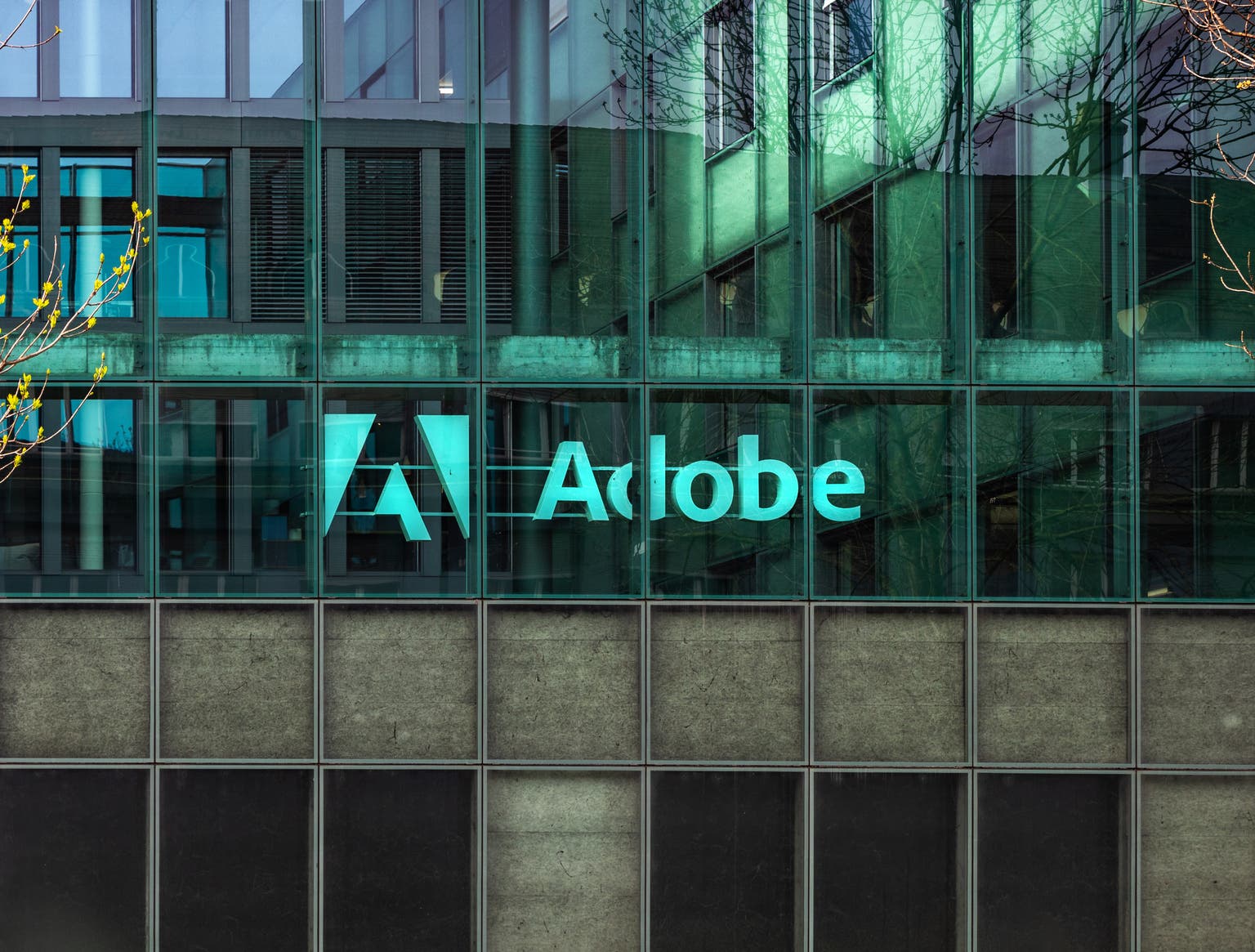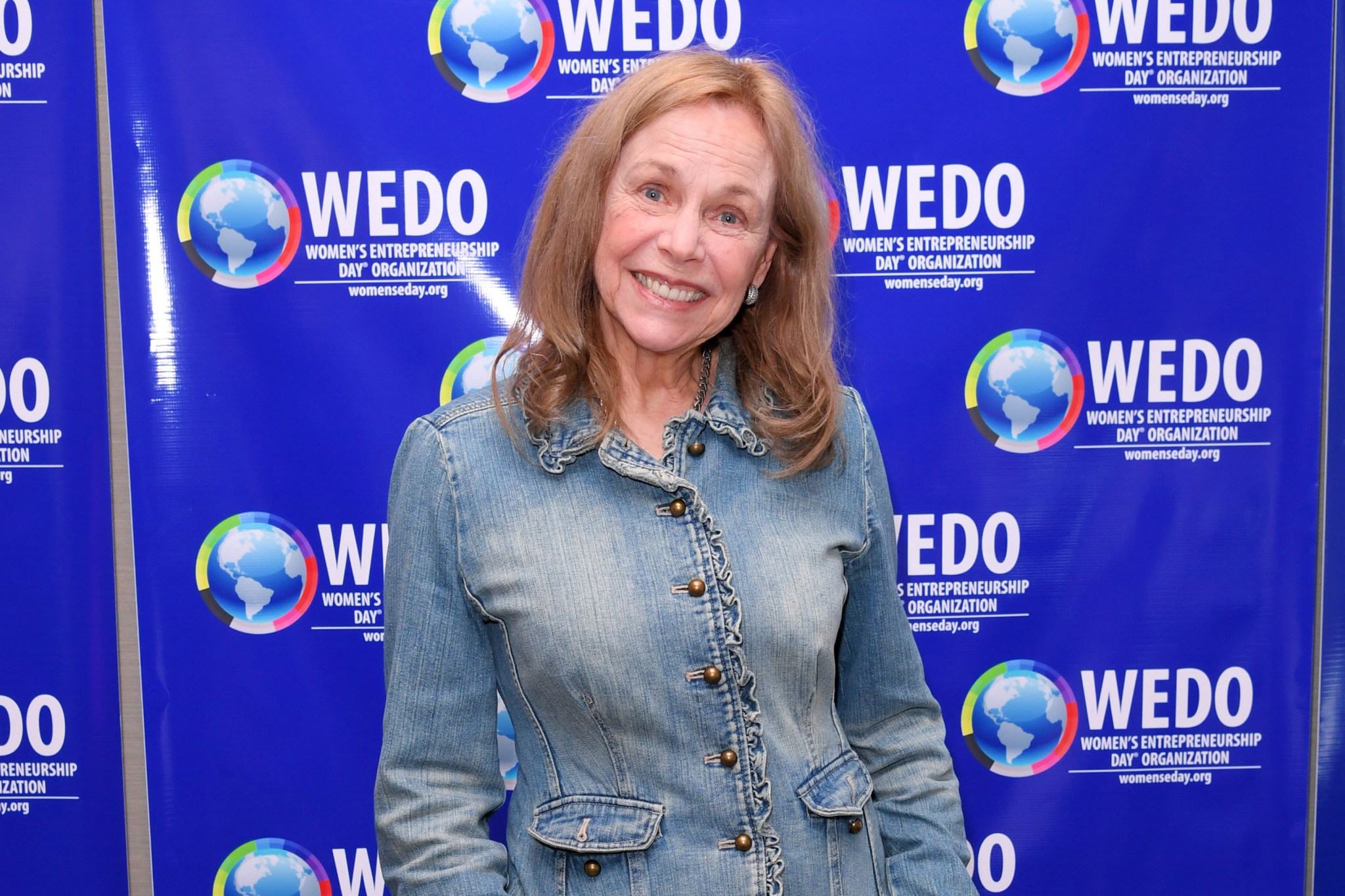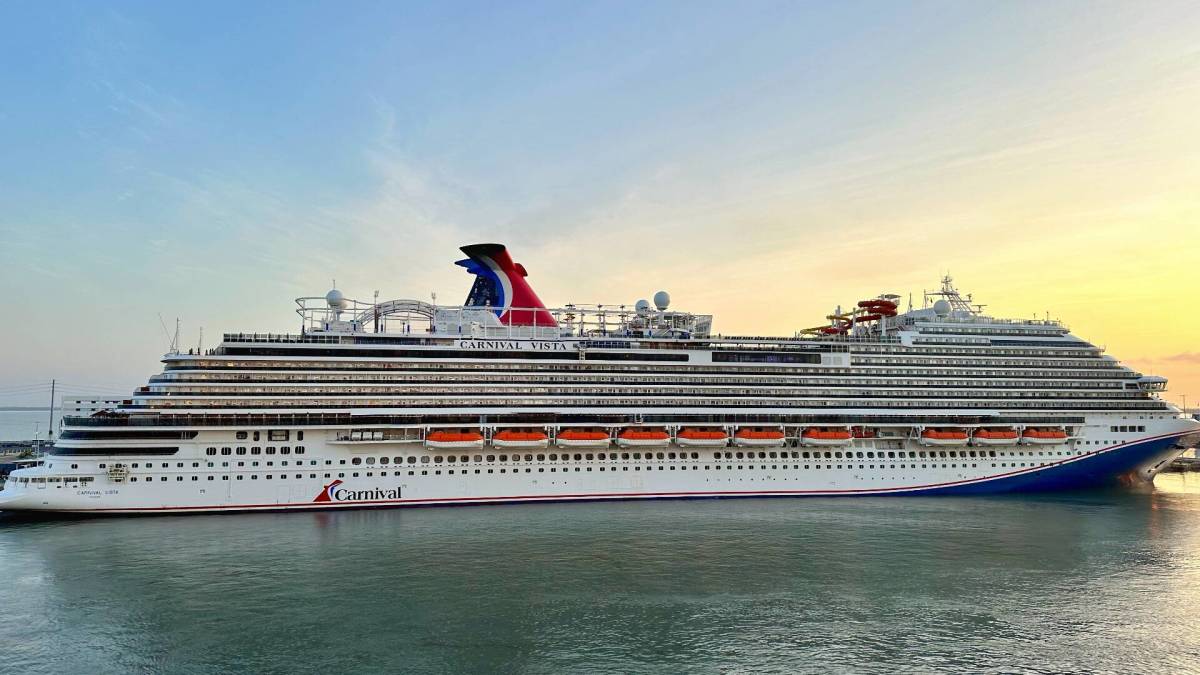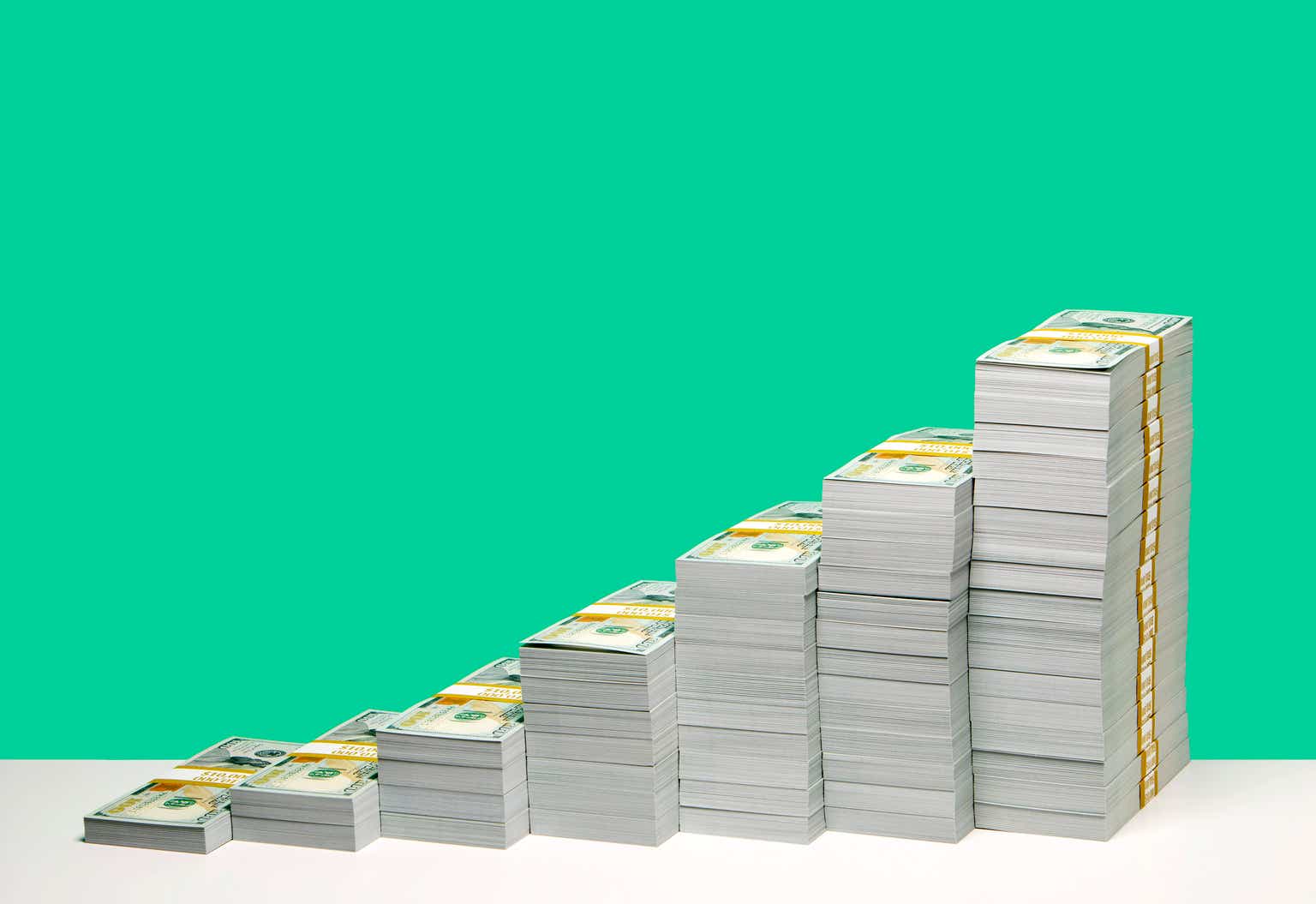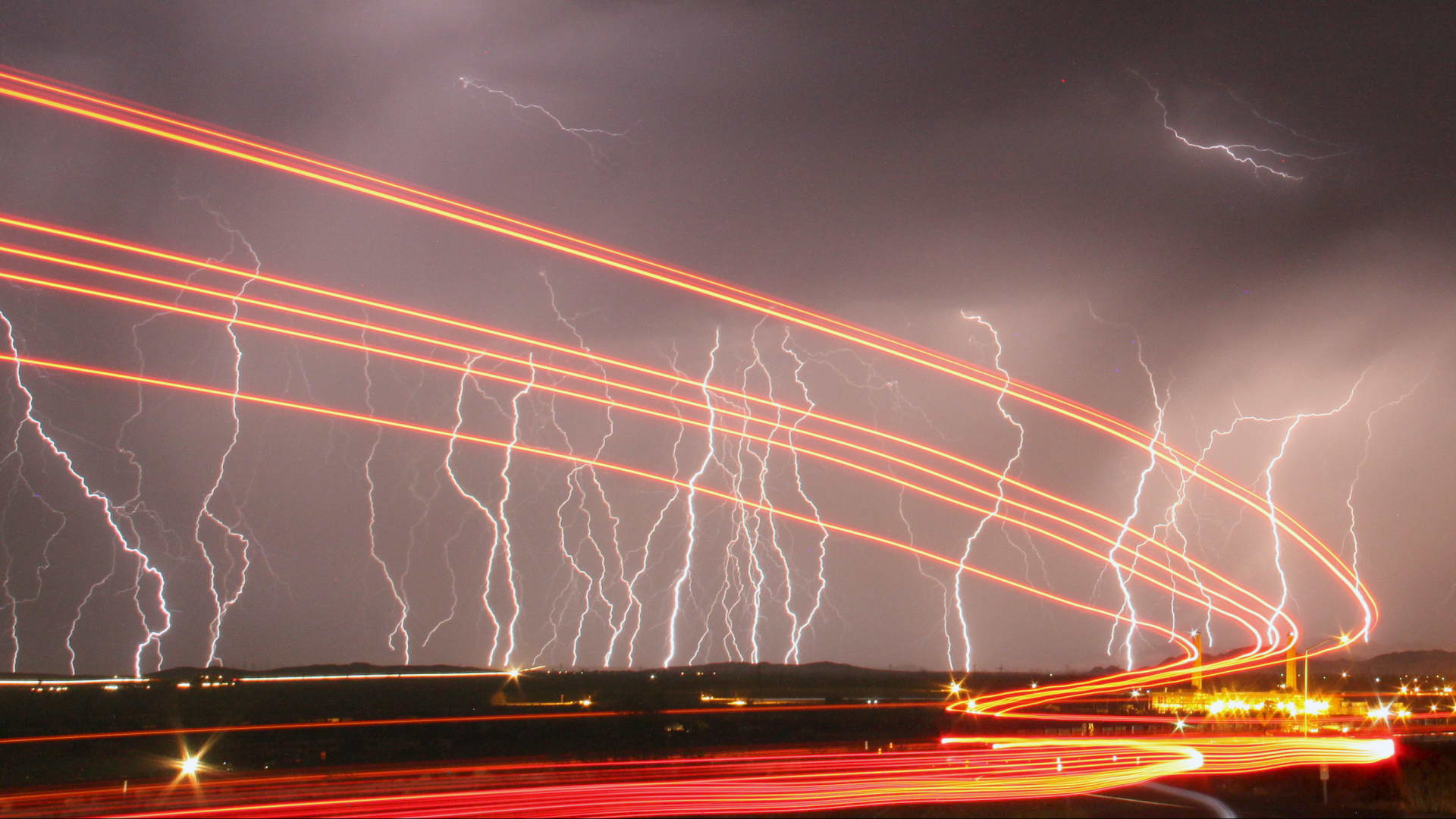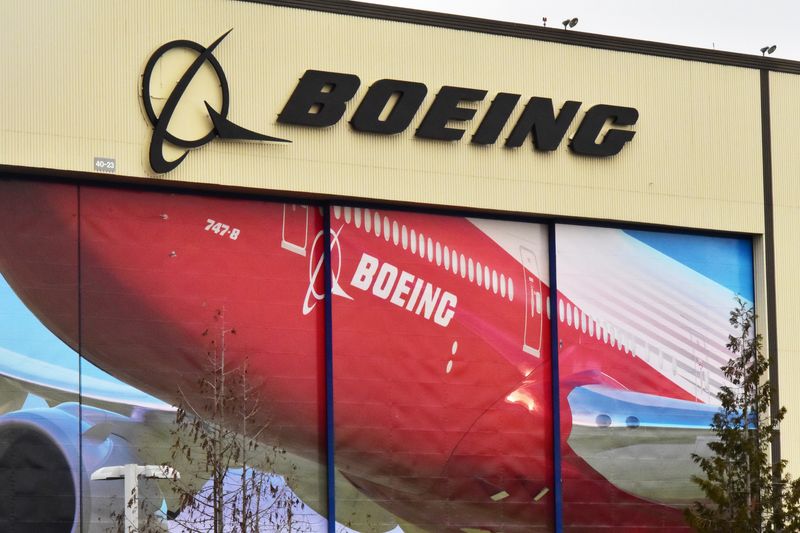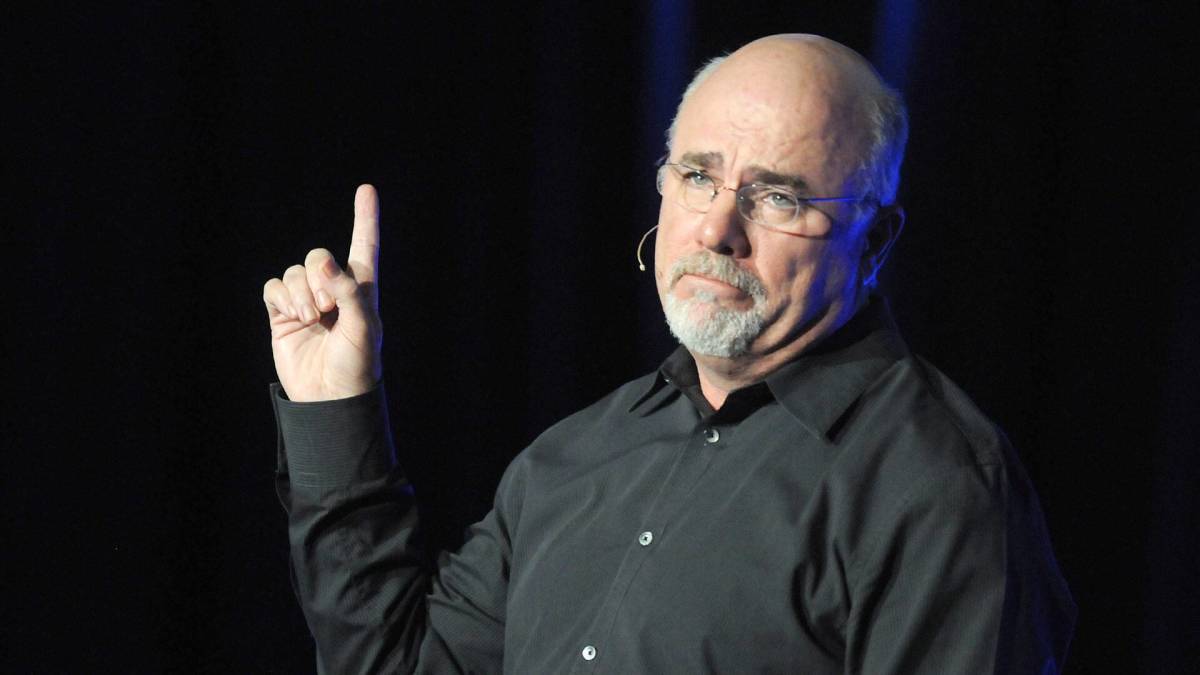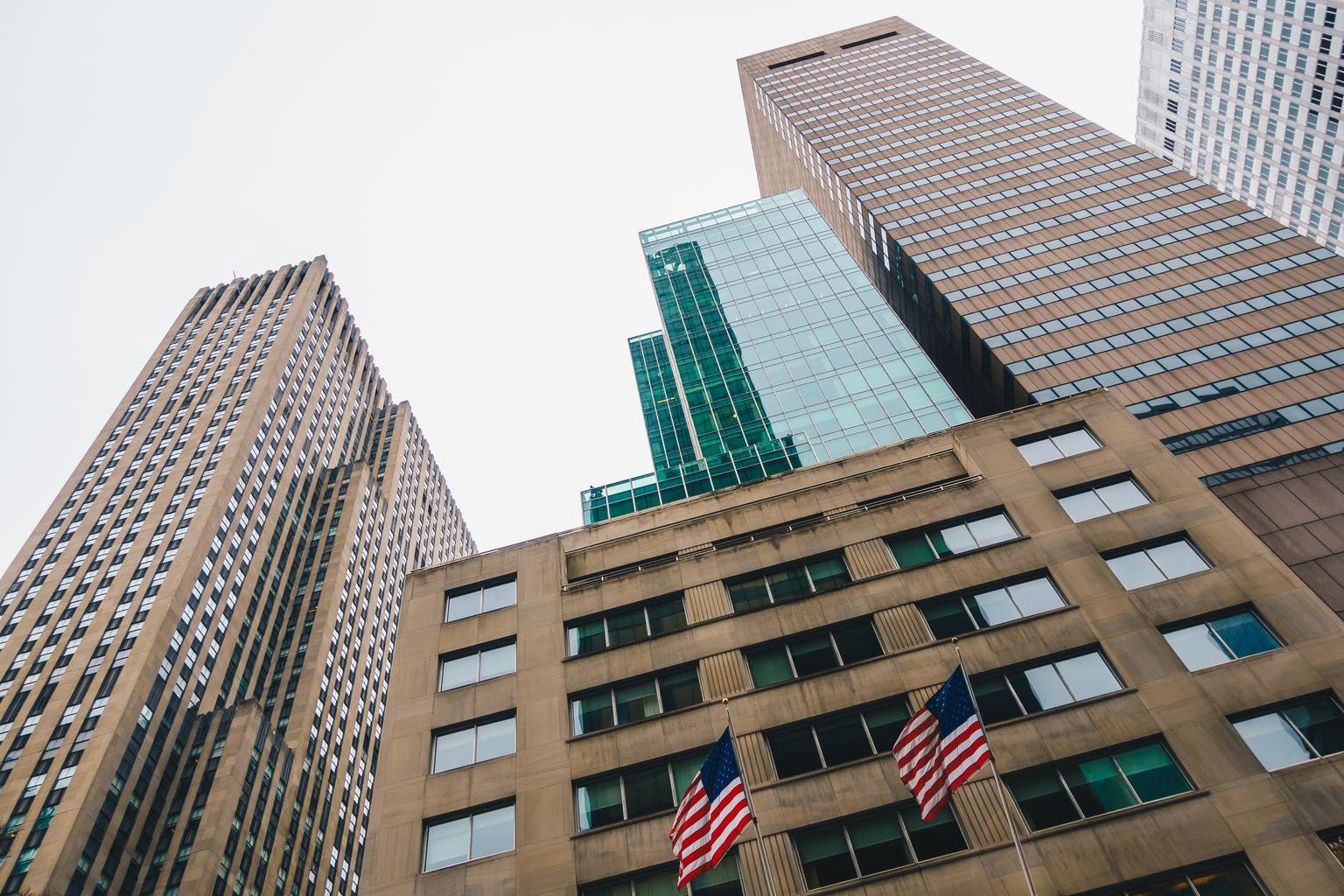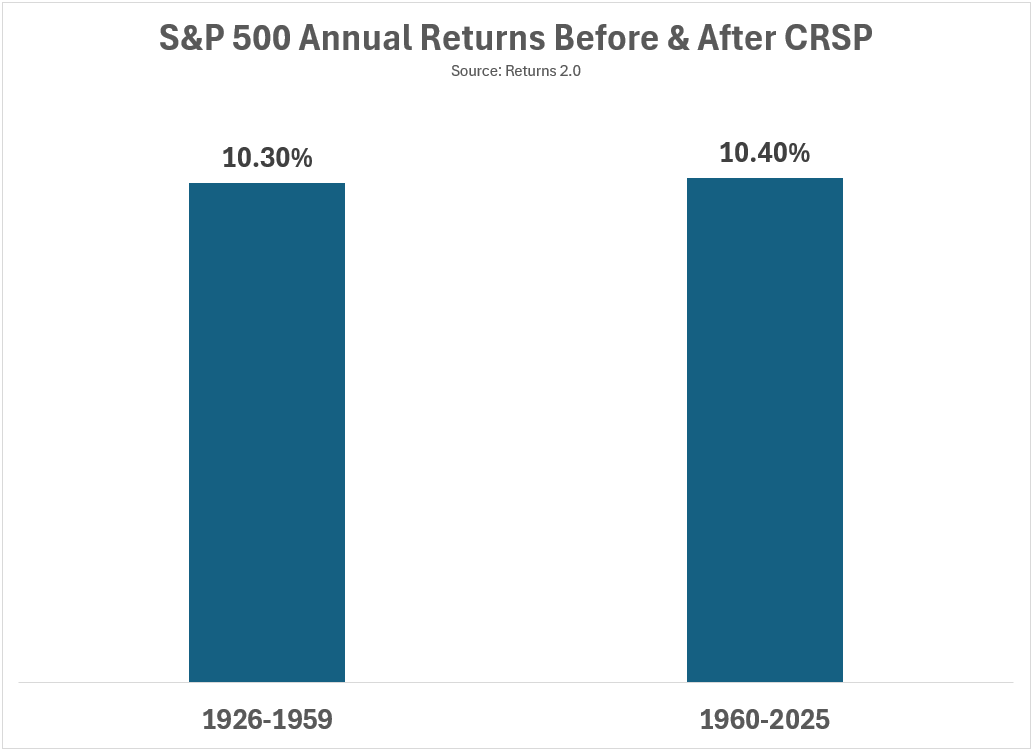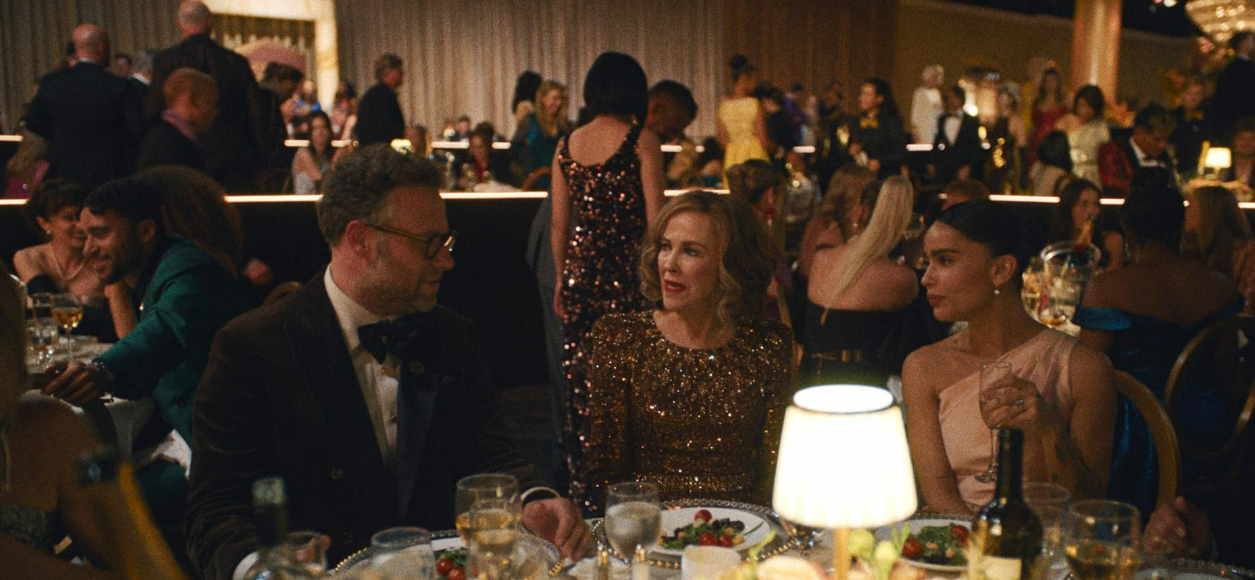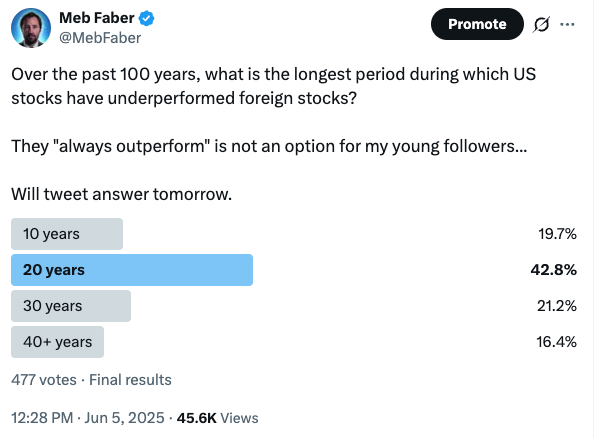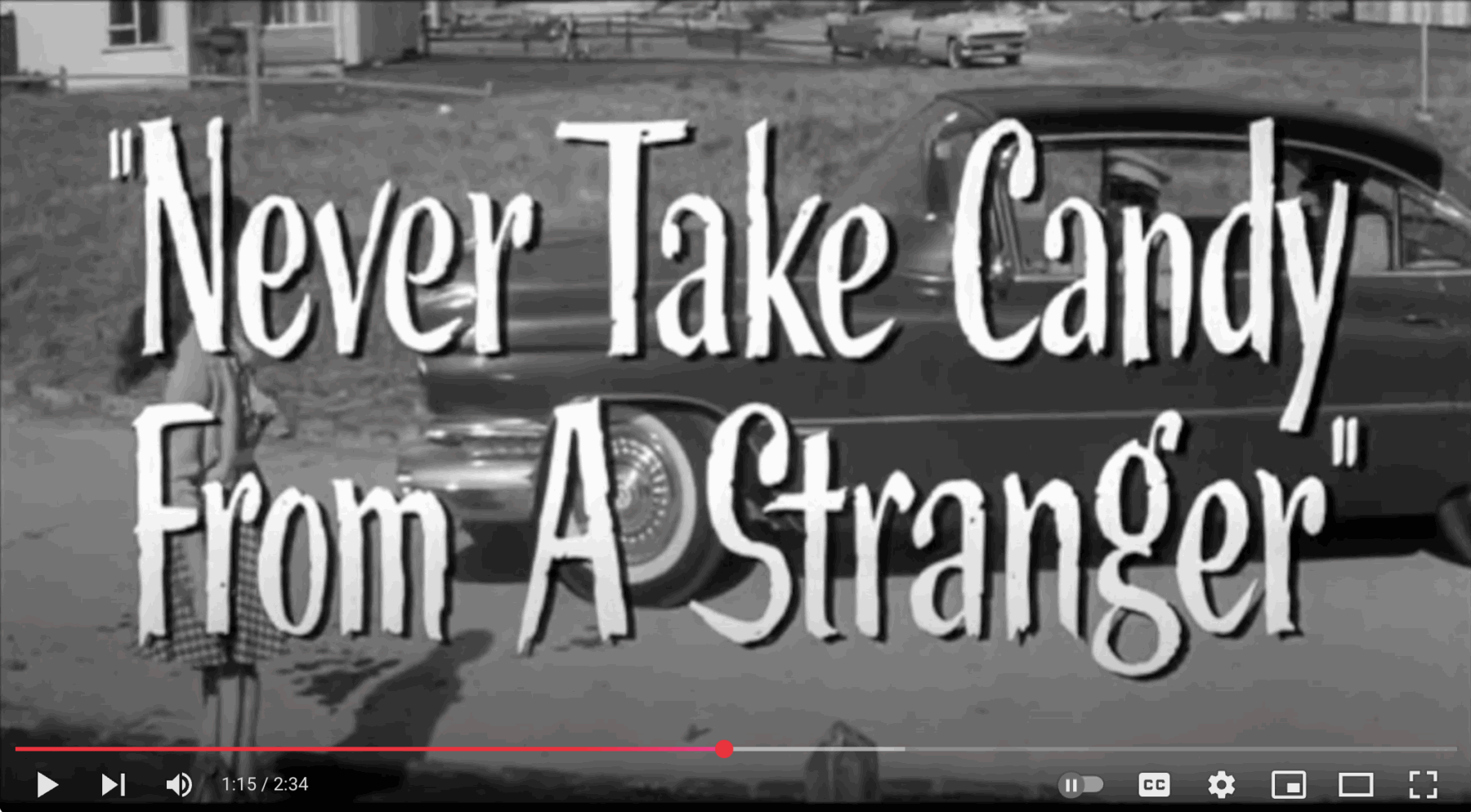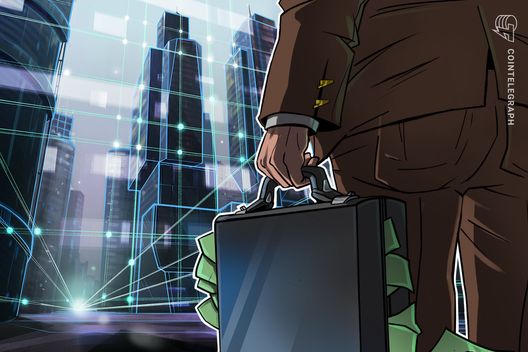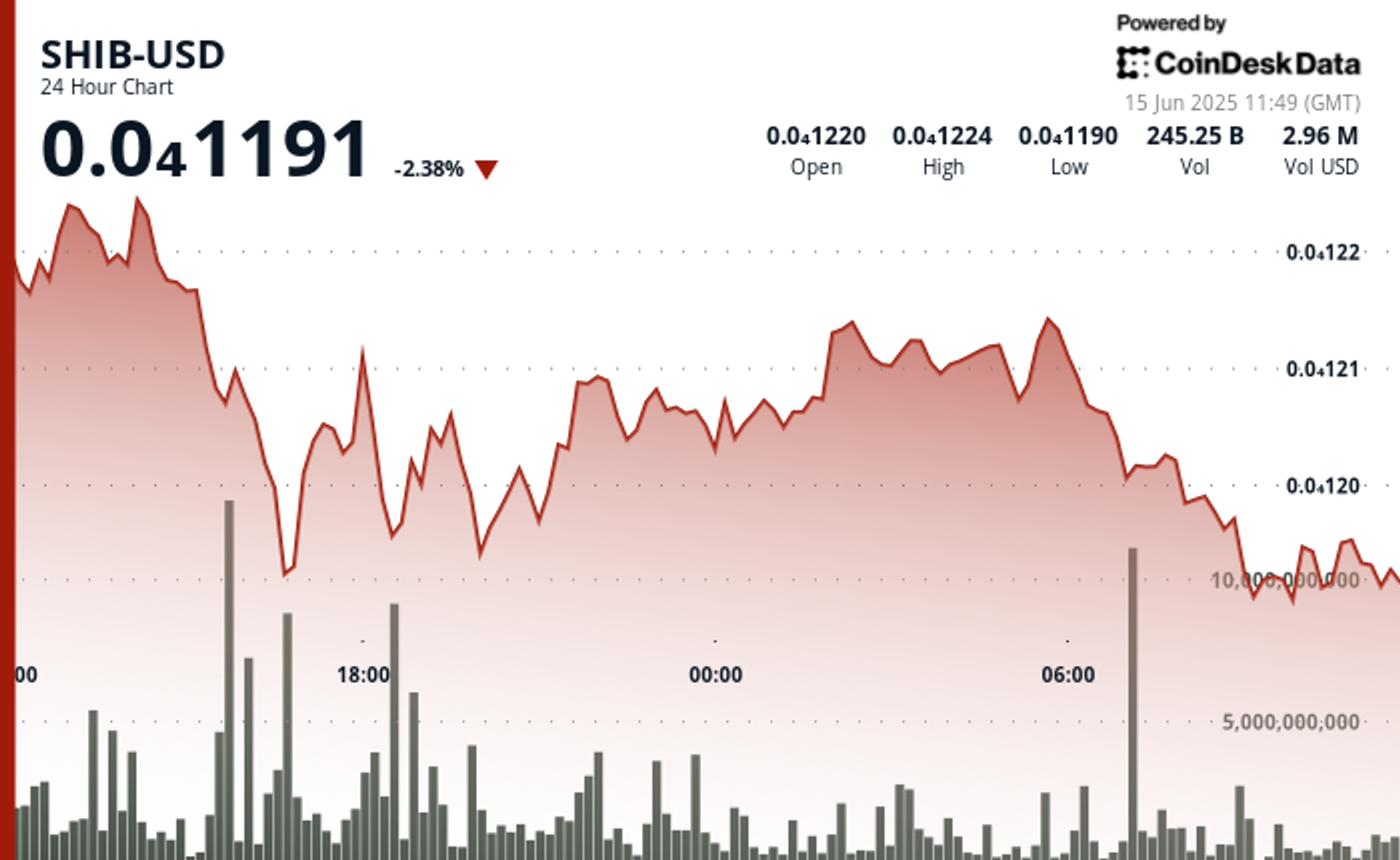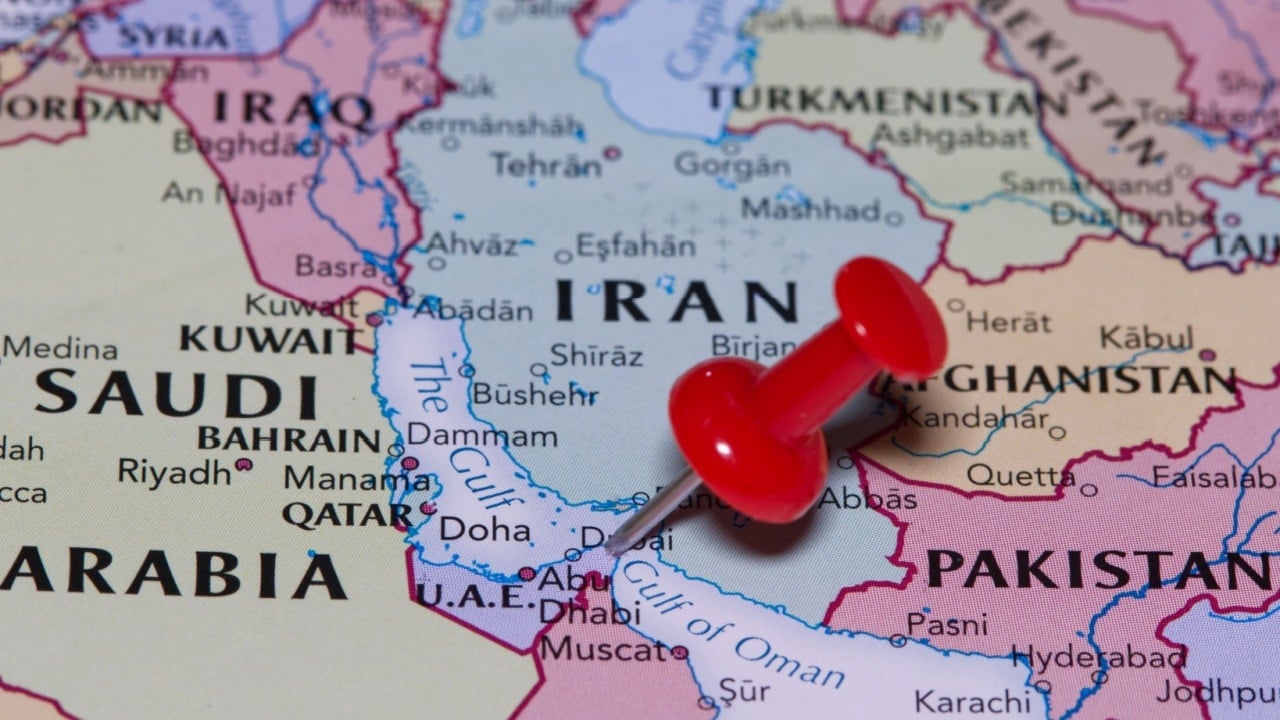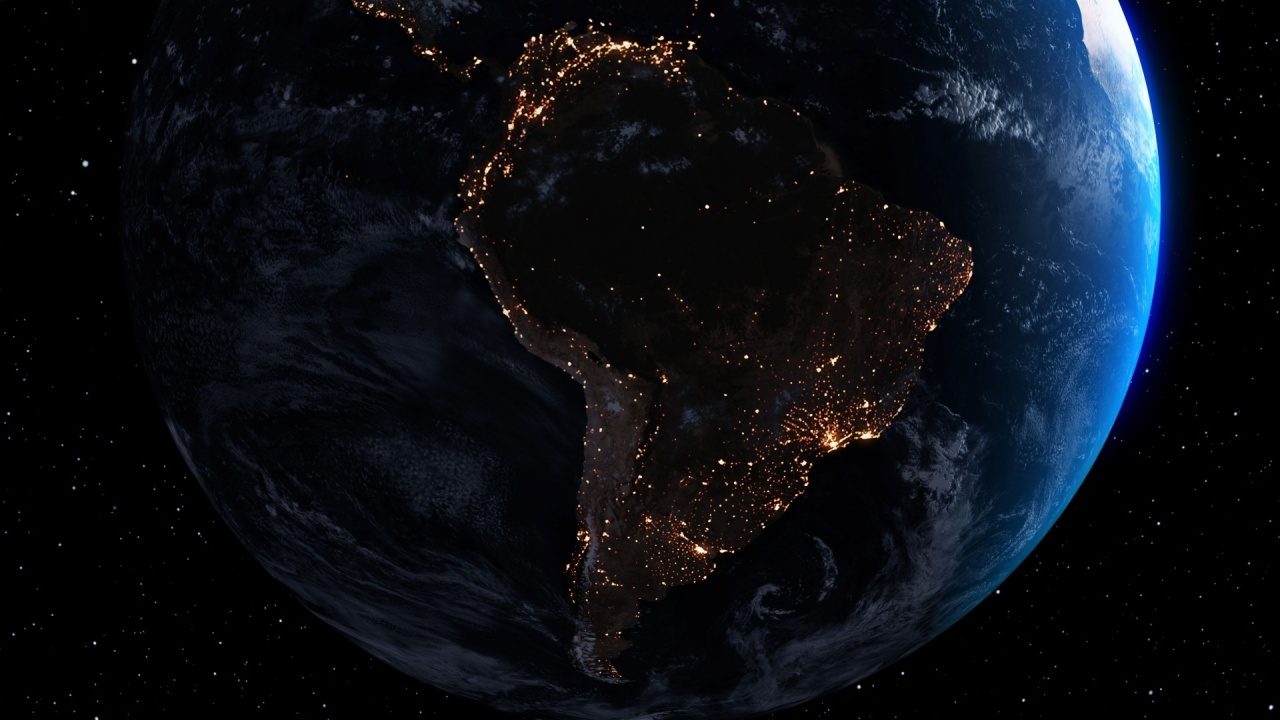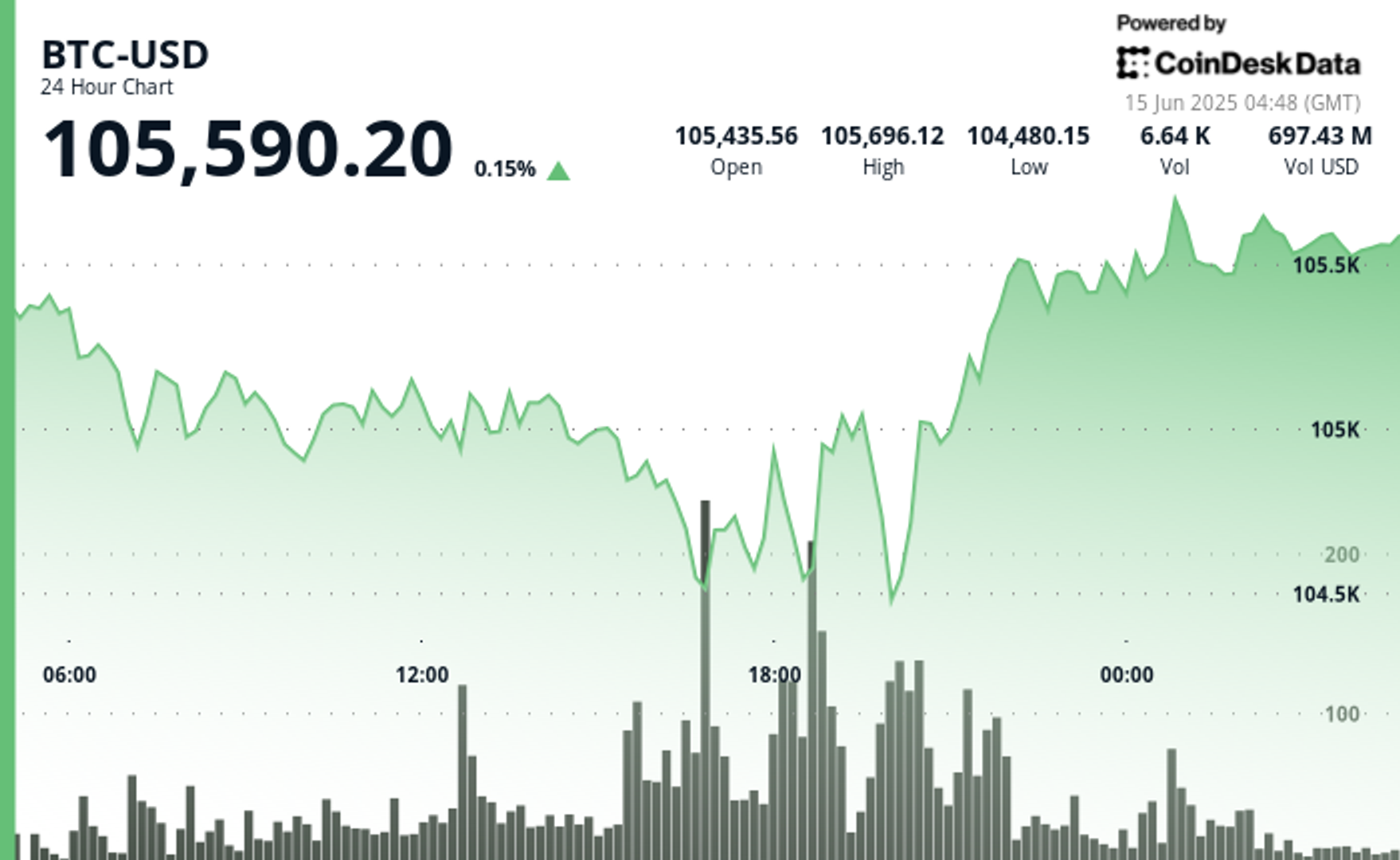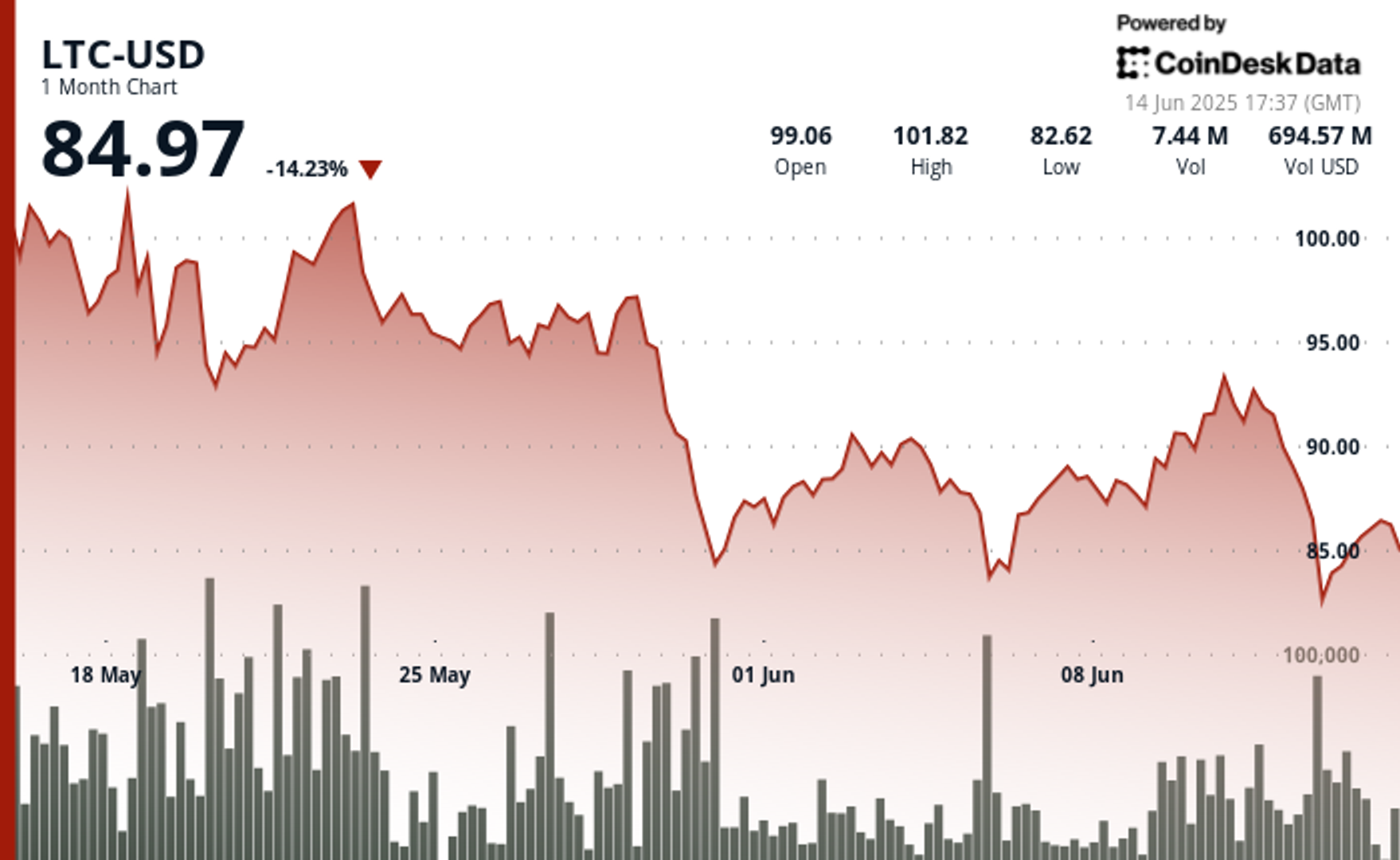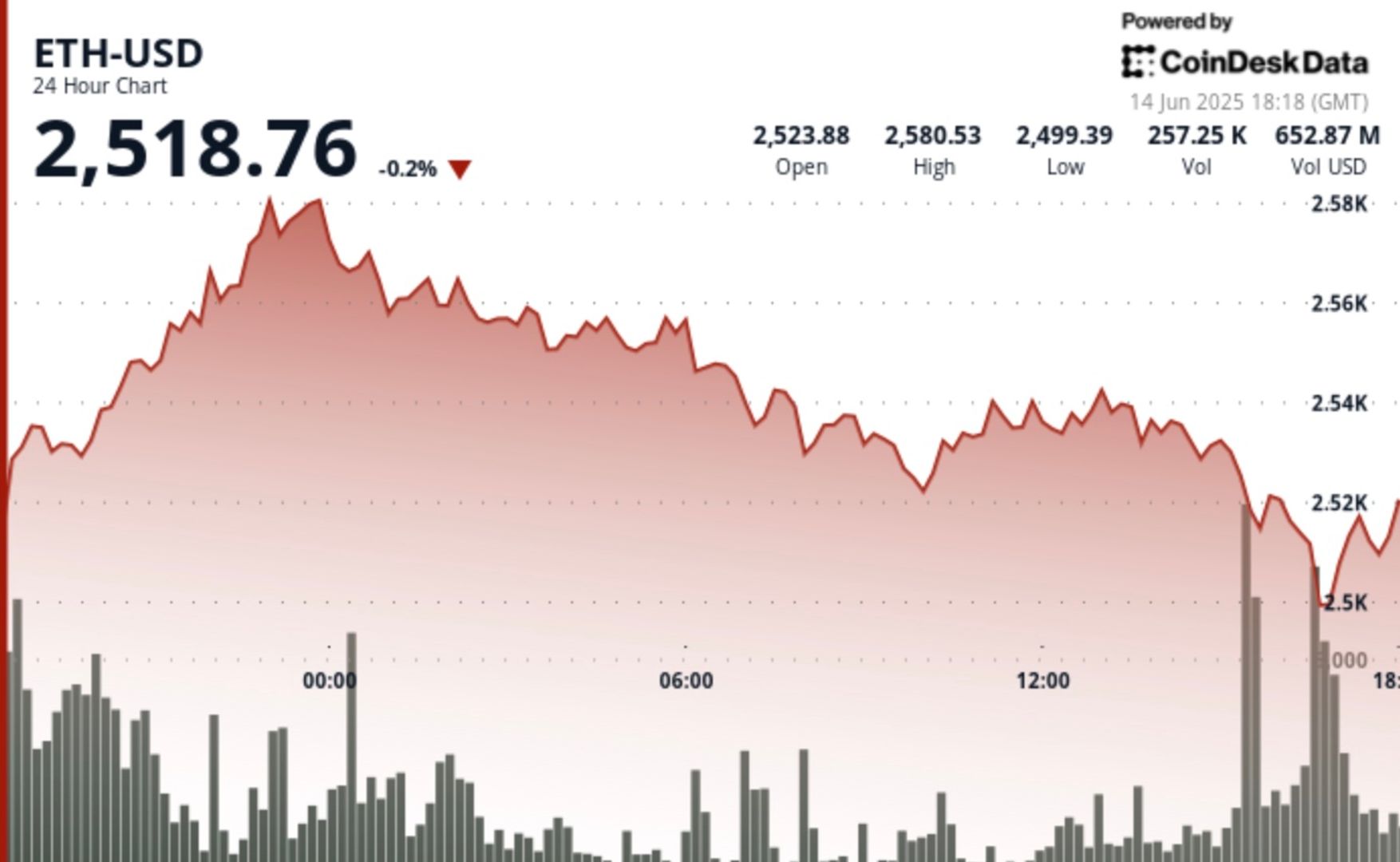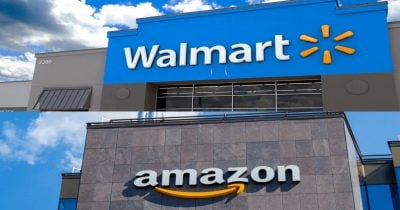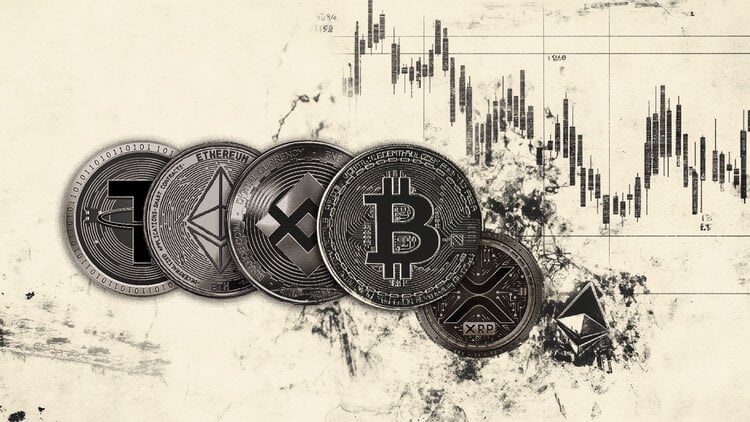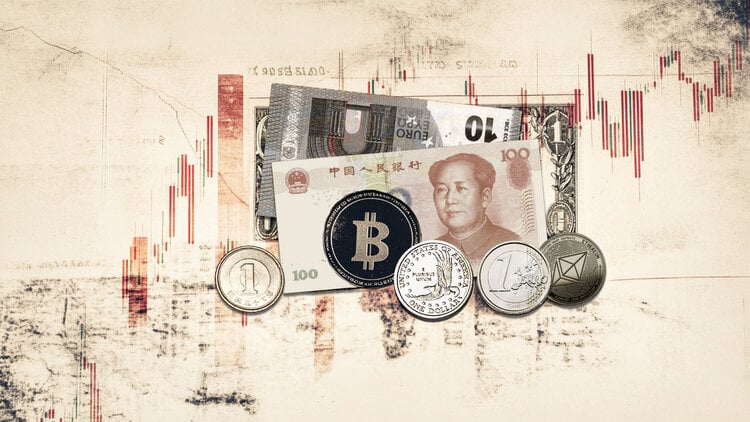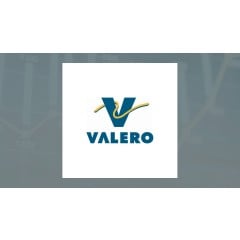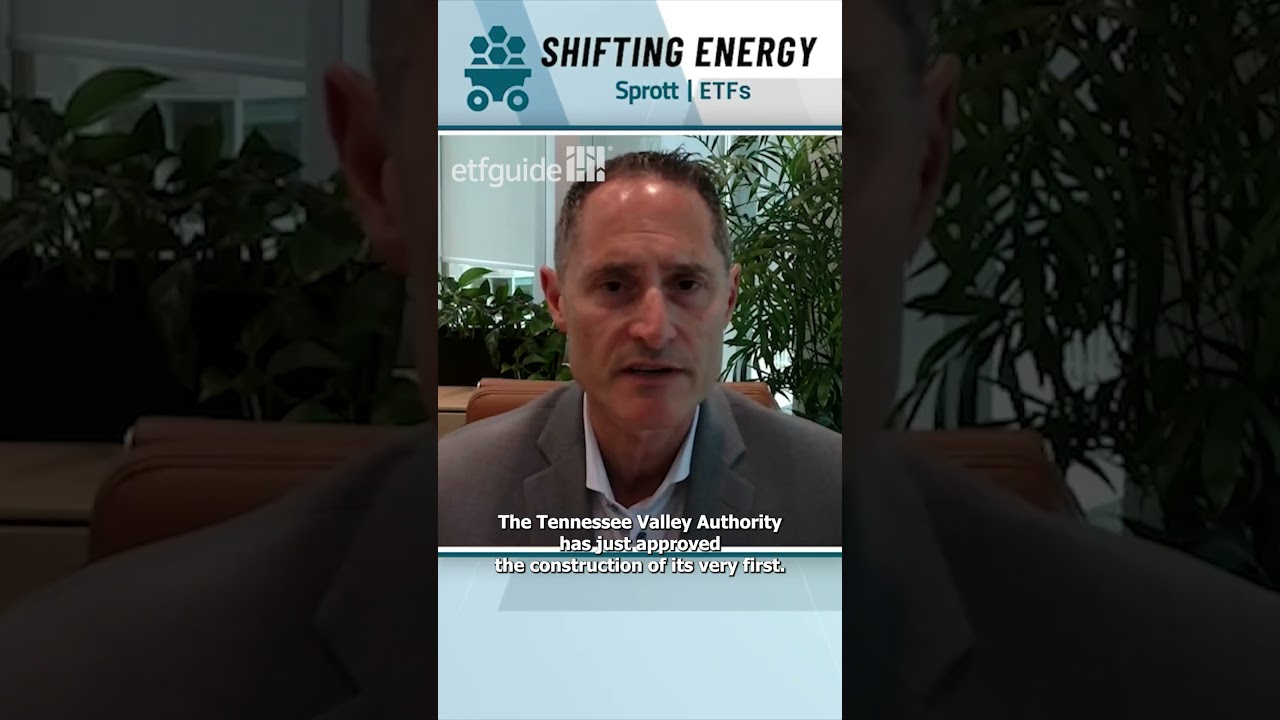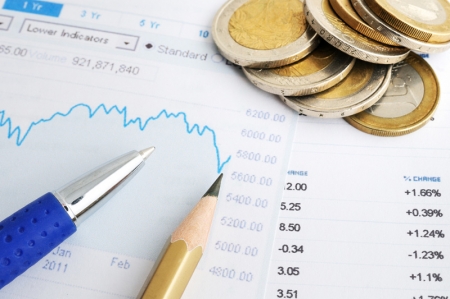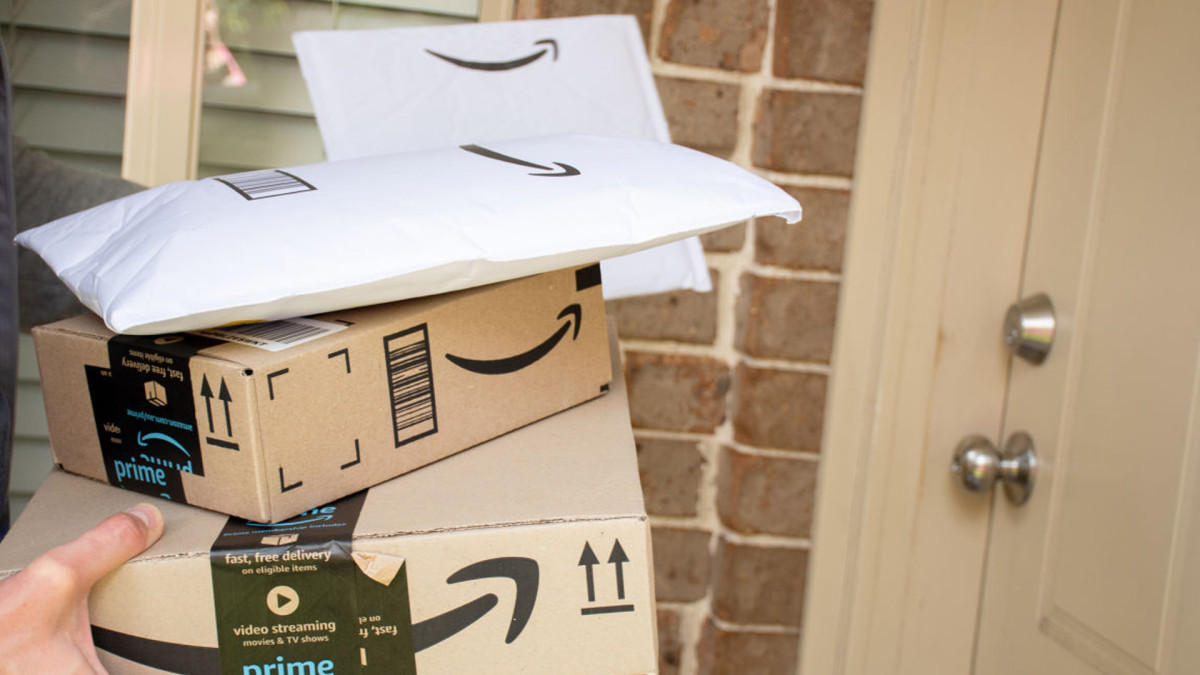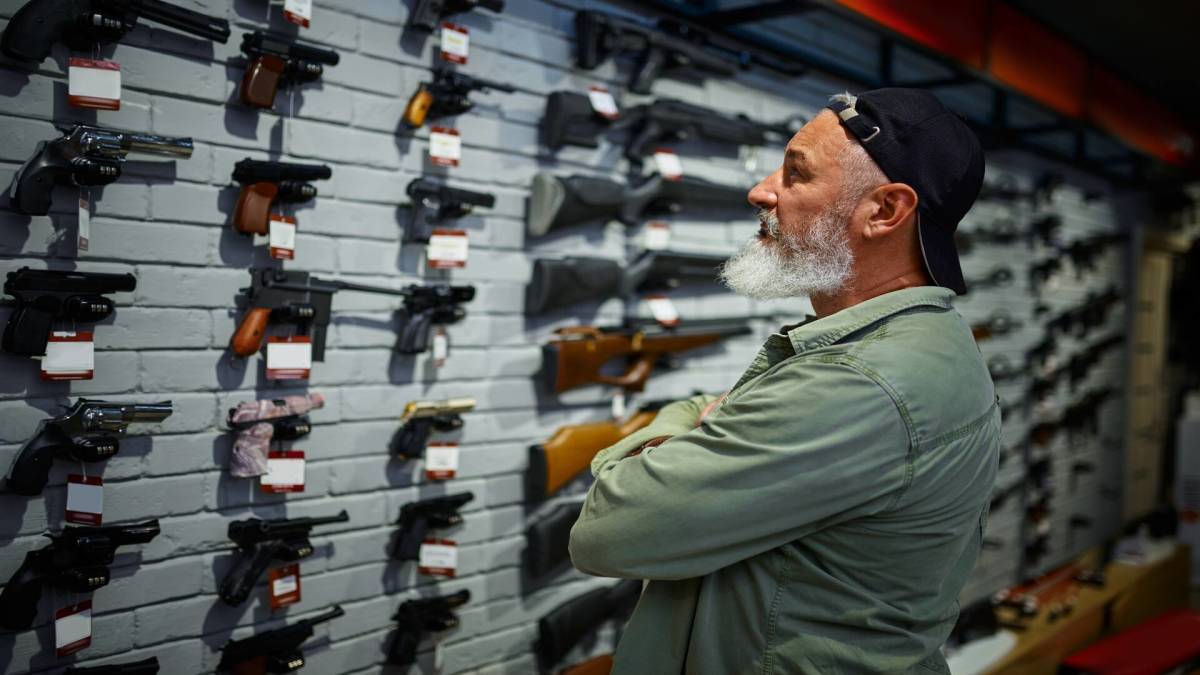Chanel acts on climate: tackling fashion’s growing waste problem
With regulators circling, Chanel is betting on a cleaner future for luxury fashion.
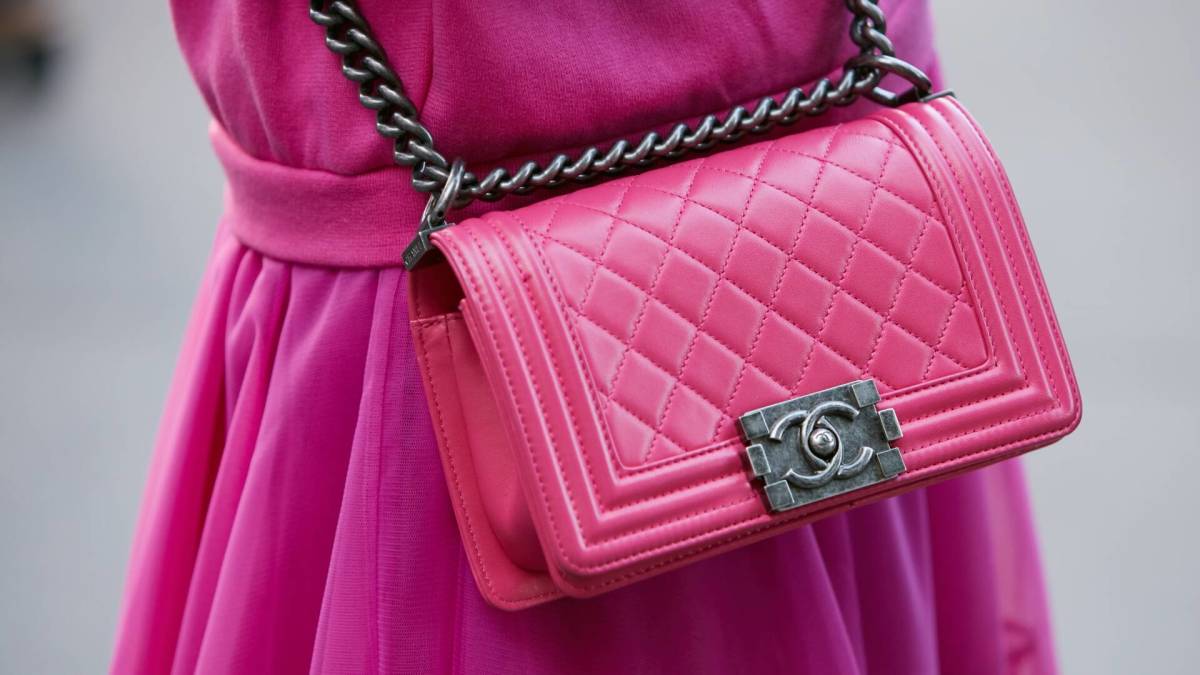
Luxury fashion has a reputation for glamour, craftsmanship, and...waste.
For years, major brands have quietly discarded unsold inventory, shredded old products, and sent unused textiles to incinerators. The result? A mounting environmental crisis most shoppers never see.
According to the United Nations Environment Programme, the fashion industry is the second-largest consumer of water and generates roughly 10% of global carbon emissions.
Related: Gucci, YSL owner pushes back on tariff threats
That’s more than all international flights and maritime shipping combined. Yikes.
While fast fashion often takes the blame, luxury is hardly off the hook. Mass production, rising inventories, and the practice of destroying unsold goods have become uncomfortable truths for many high-end brands.
Now, with regulators preparing new rules to hold companies accountable for their waste and consumer pressure mounting, one iconic fashion house is getting out in front of the problem.
Chanel is making a major move aimed at tackling fashion’s waste problem before it turns into a full-blown business crisis.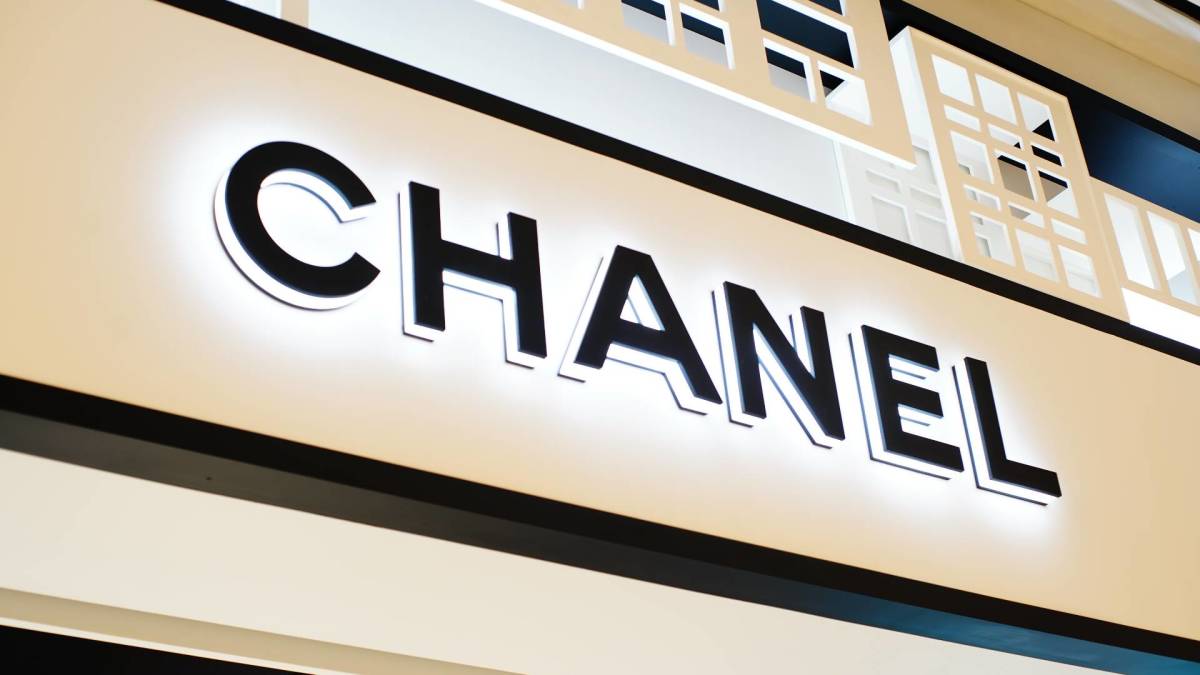
Chanel makes bold move to reshape how fashion handles waste
On June 9, Chanel announced the launch of Nevold, an independent venture dedicated to finding end-of-life solutions for textile offcuts, unused fabrics, and unsold or old products, according to Vogue Business.
The move comes as European regulators prepare to make brands more responsible for their waste — and crack down on luxury’s long-favored solution: destroying unsold goods.
“It’s becoming more and more important and more and more strategic for us,” said Chanel President of Fashion Bruno Pavlovsky. “If we want to continue to exist and to do what we are doing, we have to anticipate and to see how we can rethink this idea of materials and raw materials.”
Chanel has been laying the groundwork since 2019, investing steadily in recycling capabilities. Nevold will operate as a B2B service provider and R&D hub, developing circular solutions not just for Chanel, but potentially for the broader industry.
Related: Luxury outerwear brand avoids tariffs as rivals try to exit China
That positions Chanel to better manage its own waste — and to offer solutions to competitors who will soon face the same regulatory heat.
At the center of the new division are three companies Chanel has built or acquired: recycling agent L’Atelier des Matières, spinning mill Filatures du Parc, and leather recycling specialist Authentic Material.
This structure signals Chanel isn’t just trying to clean up its own house — it’s preparing to turn waste management into a strategic asset, and maybe even a future revenue stream.
“It’s not about Chanel recovering her waste to do Chanel,” Pavlovsky said. “It’s Chanel recovering waste from Chanel and from whoever on the market [is] ready to sell us the waste to recreate a new kind of material.”
Chanel’s move highlights rising business risks for fashion
Chanel’s latest move shows just how fast the stakes are shifting for luxury brands.
Once an industry-wide open secret, the destruction of unsold inventory is quickly becoming a major liability.
New regulations will soon force companies to disclose and manage their waste. Failure to adapt could mean stiff financial penalties and serious damage to brand reputation.
Rivals like LVMH and Kering are also making progress, but many brands remain behind the curve. Chanel’s decision to build a scalable waste and recycling business signals it sees the move as a potential competitive advantage.
If the old fashion model was about maintaining image at any cost, the new one will reward brands that can innovate around sustainability with transparency.
For Chanel, this isn’t just about doing the right thing for the planet. It’s about protecting brand value and future-proofing its business in a market where both consumers and regulators are demanding more.
In luxury fashion, staying ahead of both may prove to be one of the smartest bets a brand can make.
Related: Cartier shares problem with Dior, North Face, Victoria’s Secret






